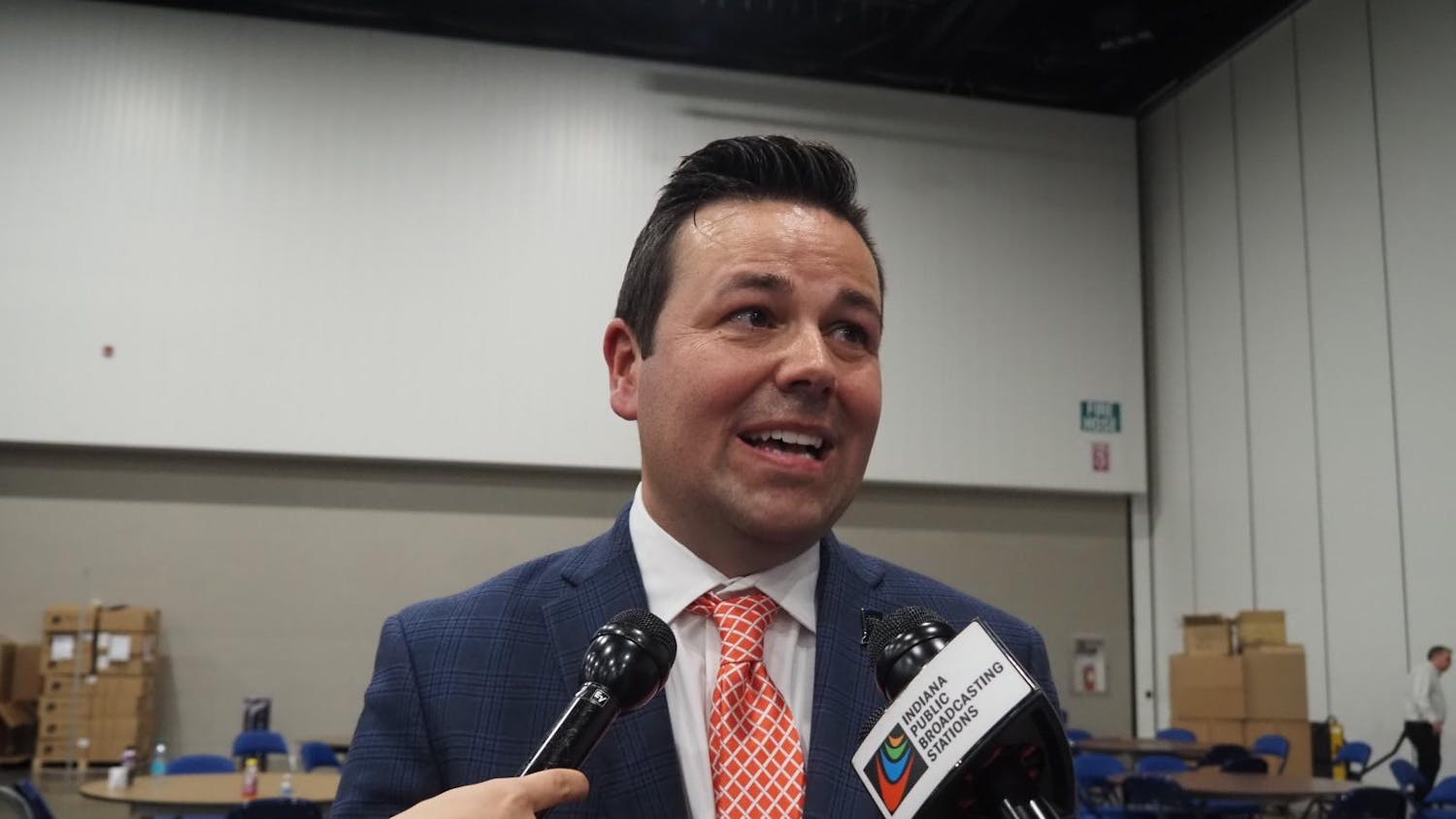Just a few weeks ago, the Jazz Fables celebrated its 12th anniversary. This week, its celebrating another birthday.\nTonight, the weekly jazz series at Bear's Place, 1316 E. Third St., will celebrate the 75th anniversary of the birth of jazz legend John Coltrane. The saxophonist, who was born Sept. 23, 1926, and died when he was 40, will be remembered in a special concert featuring assistant music professor Tom Walsh on saxophone, associated music professor Pat Harbison on trumpet and visiting assistant music professor Luke Gillespie on piano.\n"Coltrane's music is some of the most powerful and most popular jazz from small groups of the 1950s," said David Miller, trumpet player and founder of Jazz Fables. "It continues to be a part of the idiom that all jazz players must come to grips with."\nMiller said Jazz Fables has tried to observe Coltrane's birthday every year since the series began in 1989. He said playing with musicians like Walsh and Harbison, who have been long-term participants in Jazz Fables, gives the ensemble a special advantage when approaching Coltrane's songbook.\n"When I get together with this group of players, our ability to draw upon our past experience allows us to change the concert order of tunes every time we do it," he said. "We don't repeat a lot of tunes from the previous performance."\n"Because we do different things every year, we'll have some tunes that are a little more unusual.\nWe have a mix of well known and obscure tunes. A lot of the things we're doing this time are pretty well known."\nWalsh said the importance of Coltrane's music cannot be overstated.\n"John Coltrane's influence is still felt today," he said. "He's a musician among jazz musicians who changed the style of the music. He established a new style in jazz -- he was a unique voice and has influenced nearly every jazz musician."\nMiller said those influences are so deep-rooted that they enhance the performers' ability to interpret Coltrane's music.\n"All the players in the band are stylistically comfortable with his range of styles," he said. "These (styles) are things that are part of all of our internalized concepts that we've developed through the years as players.\n"It's an exciting thing -- when you play Coltrane's music, it has the ability to inspire in players the ability to be very expressive and also a chance to revisit things that we've internalized."\nDespite his short life, John Coltrane managed to play with many of the great jazz musicians of his day and leave his mark on the genre. Coming up in the 1940s as a sideman in various bands, he ended up in a big band fronted by Dizzy Gillespie, where he recorded his first solo in 1951. \nIn the 1950s, he played with Thelonious Monk and Miles Davis, including an appearance on Davis' landmark 1959 album "Kind of Blue." \nThe 1960s saw Coltrane emerge from the shadow of his legendary associates, releasing such jazz classics as "My Favorite Things" and "A Love Supreme." He died suddenly of liver cancer in 1967, leaving behind an influence that is still felt today.
Jazz Fables celebrates Coltrane's 75th
Get stories like this in your inbox
Subscribe





